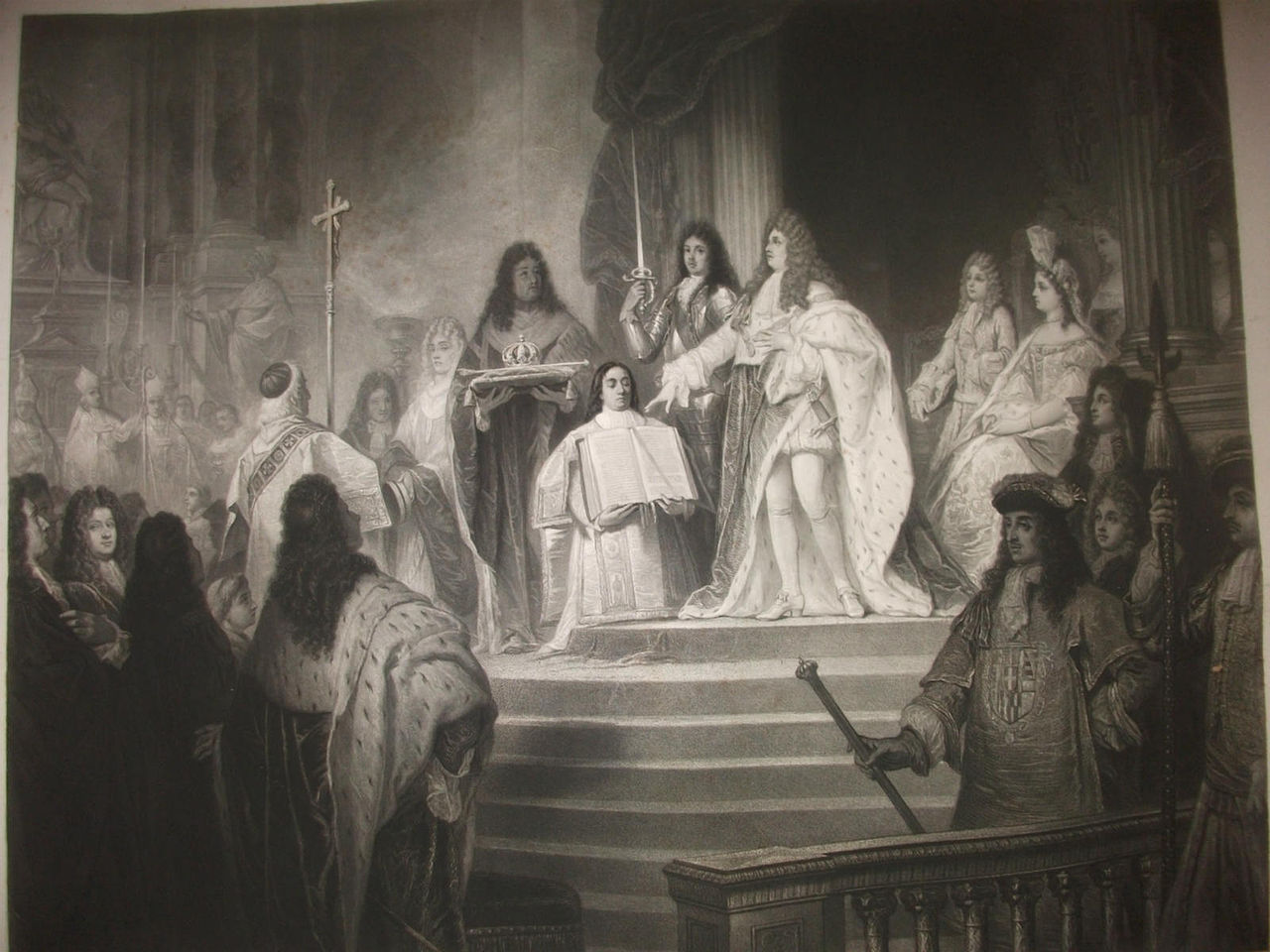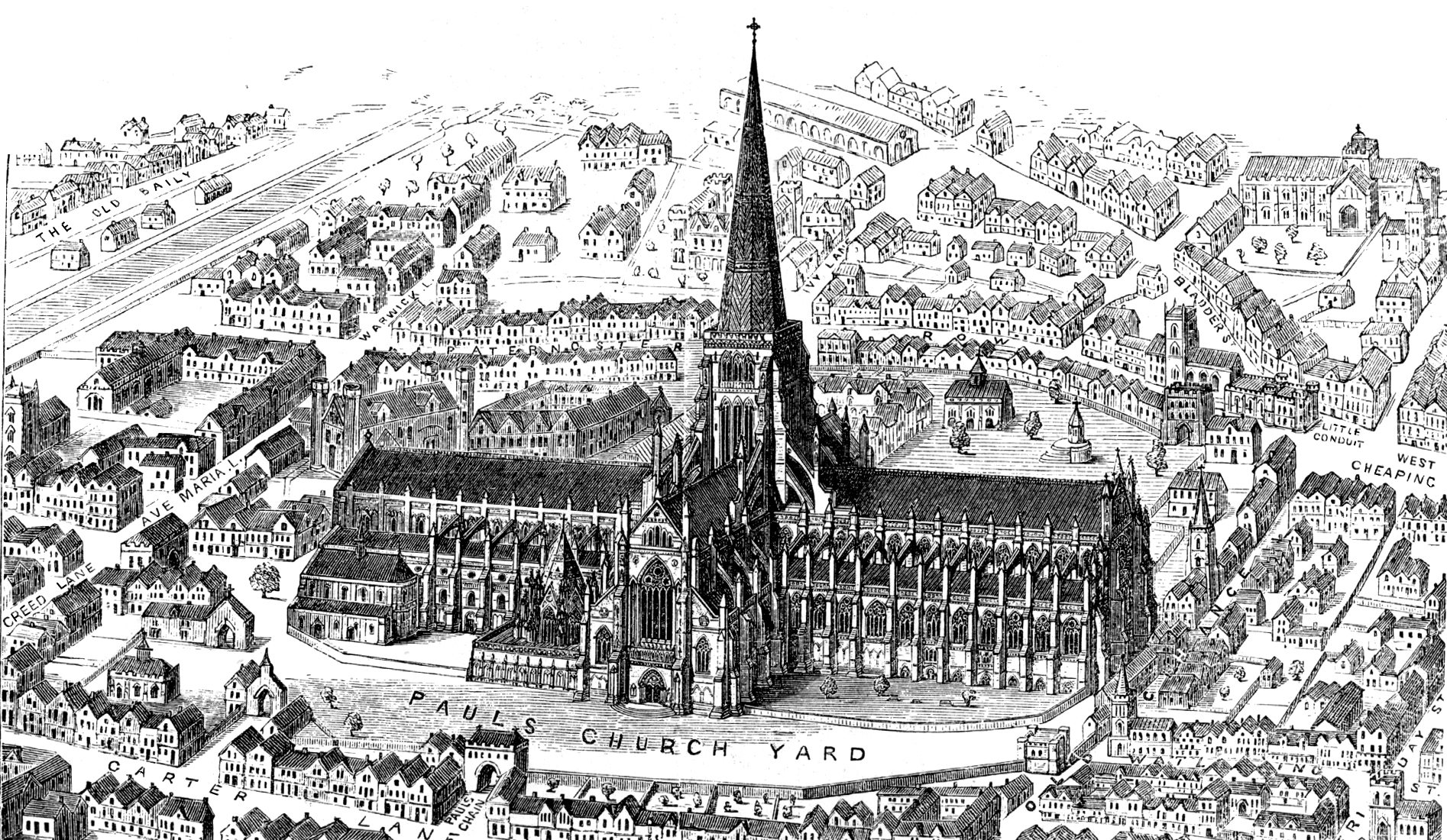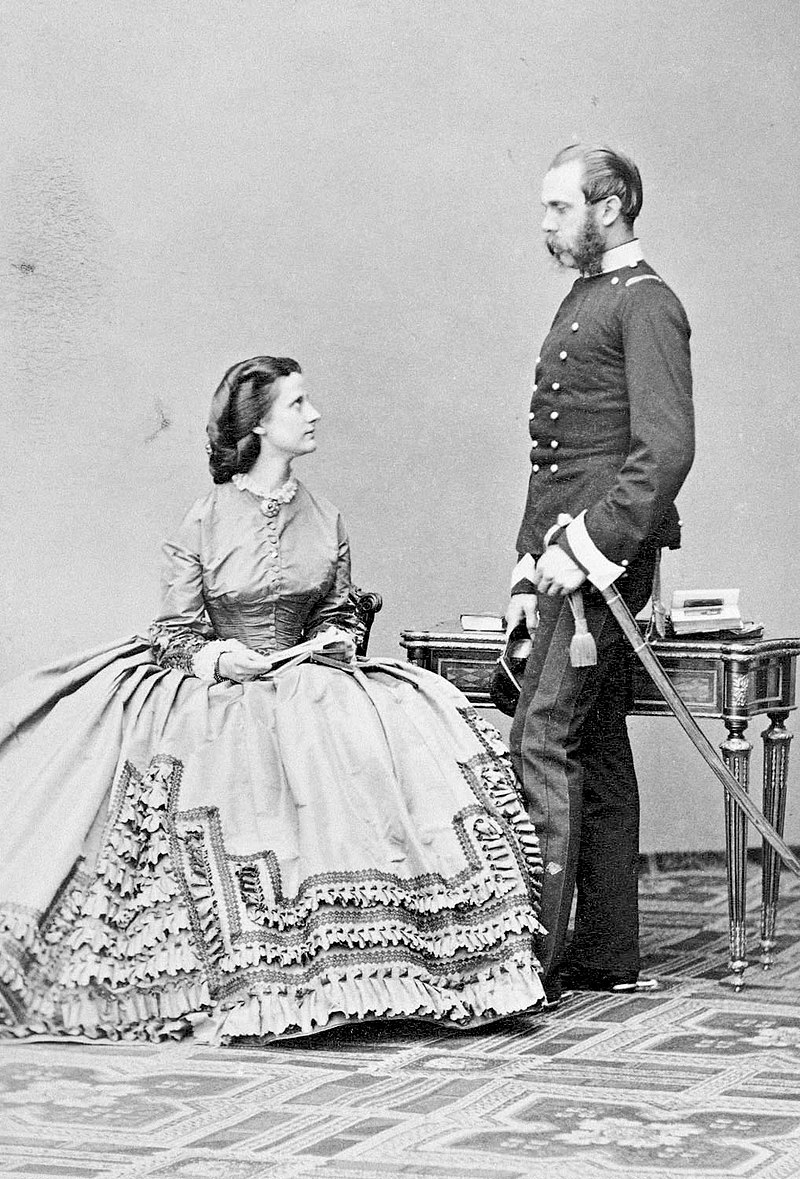by Susan Flantzer
© Unofficial Royalty 2021
The Kingdom of Sardinia: The House of Savoy had been Counts and then Dukes of Savoy, since the 11th century and ruled from the city of Turin, now in northern Italy. Vittorio Amedeo II, Duke of Savoy became King of Sicily in 1713 as a result of his participation in the War of the Spanish Succession. However, in 1720, Vittoria Amedeo II was forced to exchange the Kingdom of Sicily for the less important Kingdom of Sardinia after objections from the Quadruple Alliance (Great Britain, France, Habsburg Austria, and the Dutch Republic).
Sardinia, now in Italy, is the second-largest island in the Mediterranean Sea after Sicily, also now in Italy, but the Kings of Sardinia of the House of Savoy ruled from Turin, the capital of the Duchy of Savoy. They styled themselves as Kings of Sardinia because the title was superior to their original lesser title as Dukes of Savoy. However, they retained the regnal numerical order of the Dukes of Savoy.
Vittorio Emanuele II became the last King of Sardinia upon the abdication of his father in 1849. He then became a driving force behind the Italian unification movement along with Giuseppe Garibaldi, a general and nationalist, and Giuseppe Mazzini, a politician and journalist. Garibaldi conquered Naples and Sicily, the territories of the Kingdom of Two Sicilies, while the Sardinian troops occupied the central territories of the Italian peninsula, except Rome and part of Papal States. With all the newly acquired land, Vittorio Emanuele II was proclaimed the first King of the new, united Kingdom of Italy in 1861.
Note: Children of Kings of Sardinia were often styled “of Savoy” as their fathers were also Dukes of Savoy from the House of Savoy.
********************

Vittorio Amedeo II, King of Sardinia; Credit – Wikipedia
Vittorio Amedeo II reigned as King of Sardinia from 1720 – 1730 but he had also reigned as King of Sicily from 1713 – 1720, and was Duke of Savoy from the death of his father in 1675 until his abdication in 1730. Vittorio Amedeo Francesco was born on May 14, 1666, at the Royal Palace in Turin, Duchy of Savoy, now in Piedmont in northern Italy. He was the only child of Carlo Emanuele II, Duke of Savoy and Marie Jeanne Baptiste of Savoy-Nemours. His father’s maternal grandparents were Henri IV, King of France and his second wife Marie de’ Medici. His mother’s maternal great-grandparents were Henri IV, King of France and his mistress Gabrielle d’Estrées. From birth, Vittorio Amedeo was styled as Prince of Piedmont, the traditional title of the heir apparent to the Duchy of Savoy.

The infant Vittoria Amedeo with his parents; Credit – Wikipedia
Carlo Emanuele II, Duke of Savoy died on June 12, 1675, at the age of 40 and nine-year-old Vittorio Amedeo became Duke of Savoy. Marie Jeanne Baptiste served as regent during her son’s minority. She did a capable job, continuing the policies and projects of her husband. Because of her French background – she had been born at the Hôtel de Nemours in Paris and was a half-first cousin once removed of King Louis XIV of France – Marie Jeanne Baptiste promoted French interests.
In 1677, Marie Jeanne Baptiste began the search for a wife for Vittorio Amedeo who would reach his majority on his 14th birthday in 1680. There were several possibilities, but Marie Jeanne Baptiste pushed for her sister’s daughter Infanta Isabel Luísa of Portugal, the only daughter of King Pedro II of Portugal. The marriage was opposed by most of the Savoy court as it meant that Vittorio Amedeo would live in Portugal and his mother would remain in power after his majority. Openly disliking the possible marriage and approaching his majority, Vittorio Amedeo decided to postpone the marriage for two years.

Anne Marie d’Orléans, first wife of Vittoria Amedeo II; Credit – Wikipedia
Always eager to maintain his influence in the Duchy of Savoy which bordered France, King Louis XIV of France offered his niece Anne Marie d’Orléans as a bride. Anne Marie was the daughter of Louis XIV’s only sibling Philippe, Duke of Orléans and his first wife Henrietta of England, the daughter of King Charles I of England and Henrietta Maria, daughter of King Henri IV of France. Vittorio Amedeo agreed to the match. Marie Jeanne Baptiste had not given up her position of regent when her son reached his majority. Now that Vittorio Amedeo was to marry, he gained more power and enacted a kind of coup d’état, forcing his mother to yield her power to him.
The proxy marriage of Vittorio Amedeus and Anne Marie d’Orléans took place at the Palace of Versailles in Versailles, France on April 10, 1684. Anne Marie’s cousin Louis Auguste, Duke of Maine stood in for the groom and King Louis XIV gave Anne Marie a huge dowry of 900,000 livres. Philippe, Duke of Orléans accompanied his daughter as far as Juvisy-sur-Orge, 18 kilometers south of Paris, and then Christine d’Estrées, Comtesse de Lillebonne accompanied Anne Marie to Savoy. Anne Marie and Vittorio Amedeo met at the House of Savoy’s Château de Chambéry where the marriage ceremony was performed by Étienne Le Camus, Archbishop of Grenoble on May 6, 1684. Two days later, the newlyweds made their “Joyous Entry” into Turin.
Vittorio Amedeo and Anne Marie had six children:
- Princess Marie Adélaïde of Savoy (1685 – 1712), married Louis, Duke of Burgundy, Le Petit Dauphin of France had three sons, only one son King Louis XV of France survived childhood
- Princess Maria Anna of Savoy (1687 – 1690), died in childhood
- Princess Maria Luisa Gabriella of Savoy (1688 – 1714), married King Felipe V of Spain, had four sons, only two survived childhood and both became Kings of Spain
- Vittorio Amadeo, Prince of Piedmont (1699 – 1715), died in his teens from smallpox
- Carlo Emanuele III, King of Sardinia (1701 – 1773), married (1) Anna Christine of Sulzbach, had one son who died in infancy (2) Polyxena of Hesse-Rheinfels-Rotenburg, had six children, two died in infancy (3) Elisabeth Thérèse of Lorraine, had three children, only one survived childhood
- Prince Emanuele Philibert of Savoy (born and died 1705), died in infancy
The Duchy of Savoy was a state of the Holy Roman Empire. However, when Vittorio Amedeo’s mother Marie Jeanne Baptiste, who was French, was Regent, the Duchy of Savoy became closely linked with and heavily dependent upon France, more or less becoming a French satellite. Vittorio Amedeo severed this link by joining alliances against France in both the Nine Years War and the War of the Spanish Succession. The Duchy of Savoy was considered a valuable ally in both wars due to its geographical position – a border with southern France – enabling a second front to be opened against France in the south. The Duchy of Savoy relied heavily on foreign subsidies, particularly from England and the Dutch Republic, in both wars to maintain its armies.
As a reward for his aid in the War of the Spanish Succession, Vittorio Amadeo II received the Kingdom of Sicily in 1713 under the Peace of Utrecht which ended the war. In October 1713, Vittorio Amedeo and his wife Anne Marie traveled with a British squadron from Nice to Palermo to take personal possession of their new kingdom. They were crowned King and Queen of Sicily on December 24, 1713, at the Cathedral of Palermo in Sicily. After an eleven-month stay in Sicily, Vittoria Amedeo returned to Turin, in the Duchy of Savoy, leaving a viceroy to represent him and maintain the government in his place.

Coronation of Vittorio Amedeo II as King of Sardinia; Credit – Wikipedia
The Spanish invaded Sicily in 1718 during the War of the Quadruple Alliance (1718 – 1720) in which Spain attempted to recover territories lost due to the 1713 Peace of Utrecht. The Quadruple Alliance (Great Britain, France, Austria, and the Dutch Republic) won the war. Under the conditions of the 1720 Treaty of The Hague, Vittorio Amedeo II was forced to exchange with Austria his Kingdom of Sicily for the less important Kingdom of Sardinia. The island Sardinia was closer to Turin in the Duchy of Savoy than the island of Sicily but it was less rich and less populated.
On August 26, 1728, at the Villa della Regina in Turin, Queen Anne Marie died after a series of heart attacks at the age of 58. She was buried at the Basilica of Superga in Turin. Vittorio Amedeo II had extramarital affairs which his wife quietly accepted. His longest affair, eleven years, was with Jeanne Baptiste d’Albert de Luynes with whom he had two children:

Anna Canalis di Cumiana, second wife of Vittorio Amedeo II, King of Sardina; Credit – Wikipedia
On August 12, 1730, in a private ceremony at the Royal Chapel at the Royal Palace in Turin, Vittorio Amedeo morganatically married Anna Canalis di Cumiana (1680 – 1769), after obtaining the permission of Pope Clement XII. Because the marriage was morganatic, Anna did not become Queen of Sardina but rather was created Marchioness of Spigno. Anna had been his mistress when she was a lady-in-waiting to Vittoria Amedeo’s mother. It is widely believed that Anna’s first child Paola Novarina, born in 1708, was Vittorio Amedeo’s child although Anna’s husband recognized the child as his. After her husband died in 1724, Anna was called back to court and became a lady-in-waiting to Polyxena, Princess of Piedmont, wife of Carlo Emanuele Prince of Piedmont, the son and heir apparent of Victor Amedeo II. To the surprise and dismay of the court, Vittorio Amedeo II and Anna Canalis di Cumiana made their marriage public on September 3, 1730.
At the same time as the marriage announcement, Vittorio Amedeo abdicated and retired from the royal court. His son succeeded him as Carlo Emanuele III, King of Sardinia. Vittorio Amedeo favored his eldest son, also named Vittorio Amadeo, who died from smallpox at the age of sixteen. Vittorio Amedeo neglected Carlo Emanuele’s education except on the military field, where he sometimes accompanied the father. Vittorio Amadeo II and Anna moved into the Château de Chambéry in Chambéry, Duchy of Savoy, now in France. The couple had a small retinue of servants, and Vittorio Amdeo was kept informed of matters of state.
In 1731, Vittorio Amedeo attempted to reclaim the throne, accusing his son of incompetence. Carlo Emanuele III had his father arrested and confined to the Castle of Rivoli in Turin, Duchy of Savoy, now in Italy. However, Anna Canalis di Cumiana was brought to the Fortress of Ceva, which was extremely humiliating because the fortress was used as a reformatory for prostitutes. Eventually, Anna received permission to leave the Fortress of Ceva and go to the Castle of Rivoli to be with her husband.

Basilica of Superga in Turin, Italy, the traditional burial site of the House of Savoy; Credit – Di Paris Orlando – Opera propria, CC BY-SA 4.0, https://commons.wikimedia.org/w/index.php?curid=74180727
On February 5, 1732, Vittorio Amedeo II suffered a stroke, and his health drastically deteriorated. He asked to move to the Castle of Moncalieri near Turin and was transported there on a litter guarded by a company of soldiers. Former King Vittorio Amedeo II of Sardinia died at the Castle of Moncalieri on October 31, 1732, aged 66, and was buried at the Basilica of Superga in Turin with his first wife Anne Marie d’Orléans. After her husband’s death, Anna Canalis di Cumiana was confined at the Convent of San Giuseppe di Carignano. She was later moved to the Convent of the Visitation in Pinerolo where she died, aged 88, on April 13, 1769, thirty-seven years after Vittorio Amedeo died. Anna Canalis di Cumiana was buried in a grave without a headstone at the Convent of the Visitation in Pinerolo.
This article is the intellectual property of Unofficial Royalty and is NOT TO BE COPIED, EDITED, OR POSTED IN ANY FORM ON ANOTHER WEBSITE under any circumstances. It is permissible to use a link that directs to Unofficial Royalty.
Kingdom of Sardinia Resources at Unofficial Royalty
Works Cited
- De.wikipedia.org. 2021. Viktor Amadeus II. – Wikipedia. [online] Available at: <https://de.wikipedia.org/wiki/Viktor_Amadeus_II.> [Accessed 14 June 2021].
- En.wikipedia.org. 2021. Charles Emmanuel II, Duke of Savoy – Wikipedia. [online] Available at: <https://en.wikipedia.org/wiki/Charles_Emmanuel_II,_Duke_of_Savoy> [Accessed 14 June 2021].
- En.wikipedia.org. 2021. Victor Amadeus II of Sardinia – Wikipedia. [online] Available at: <https://en.wikipedia.org/wiki/Victor_Amadeus_II_of_Sardinia> [Accessed 14 June 2021].
- It.wikipedia.org. 2021. Vittorio Amedeo II di Savoia – Wikipedia. [online] Available at: <https://it.wikipedia.org/wiki/Vittorio_Amedeo_II_di_Savoia> [Accessed 14 June 2021].














































